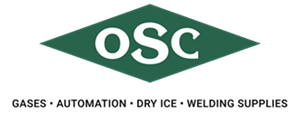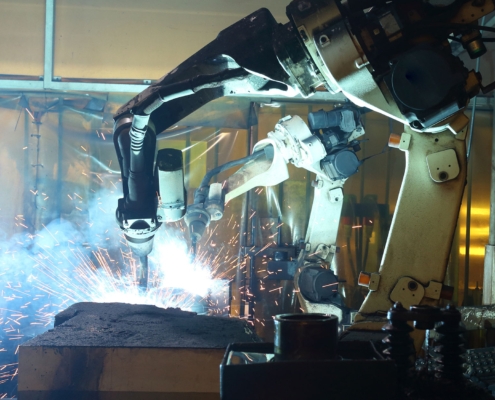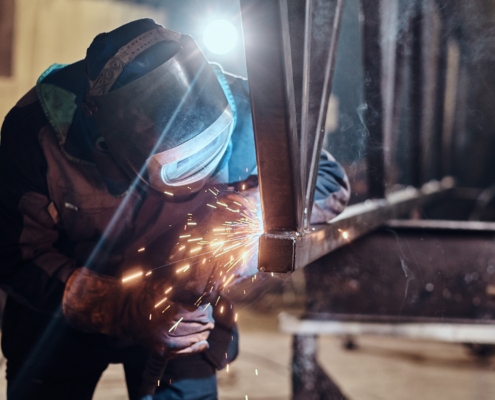At Oxygen Service Company, we are dedicated to enhancing your welding operations with unmatched expertise and support. With decades of industry experience and a team of certified professionals, we are poised to be your trusted partner in achieving superior weld quality, efficiency, and safety.
As a 100% employee-owned company, our customer-centric mindset drives everything we do. Your satisfaction is our priority, and we strive to exceed your expectations with exceptional service and reliable solutions. Our proven track record spans numerous successful projects across various industries, underscoring our commitment to excellence and innovation.
Ready to elevate your welding operations to new heights? Partner with Oxygen Service Company and experience firsthand the difference our expertise can make. Let’s work together to achieve superior weld quality, efficiency, and safety for your business.












